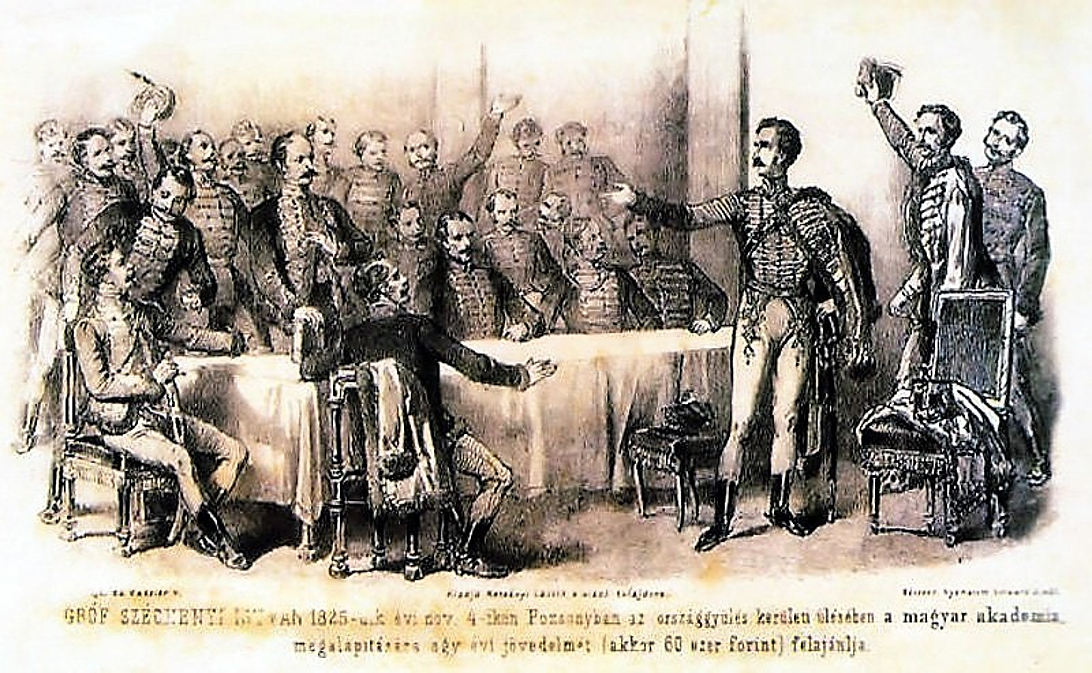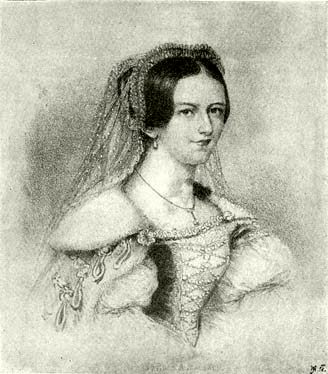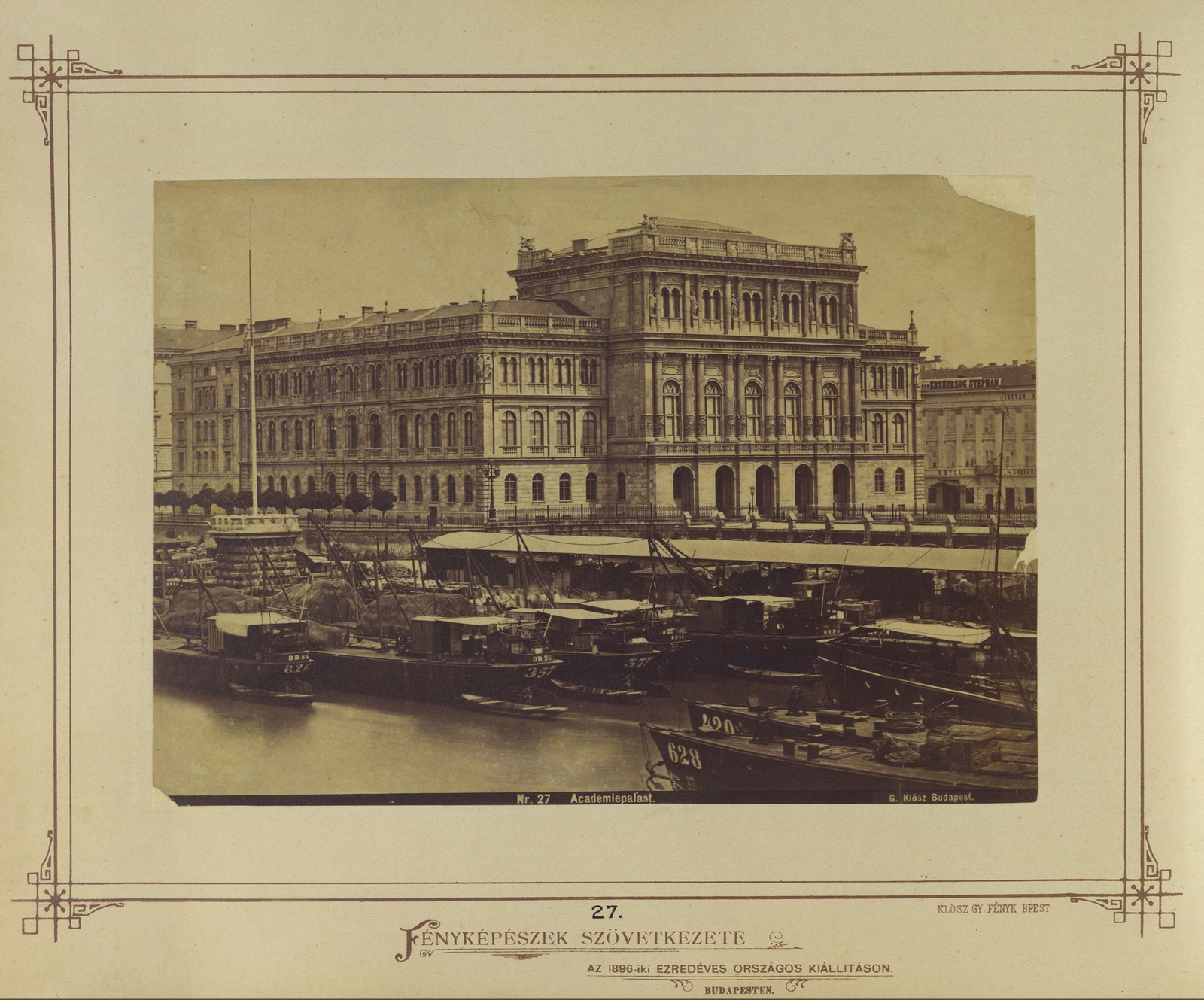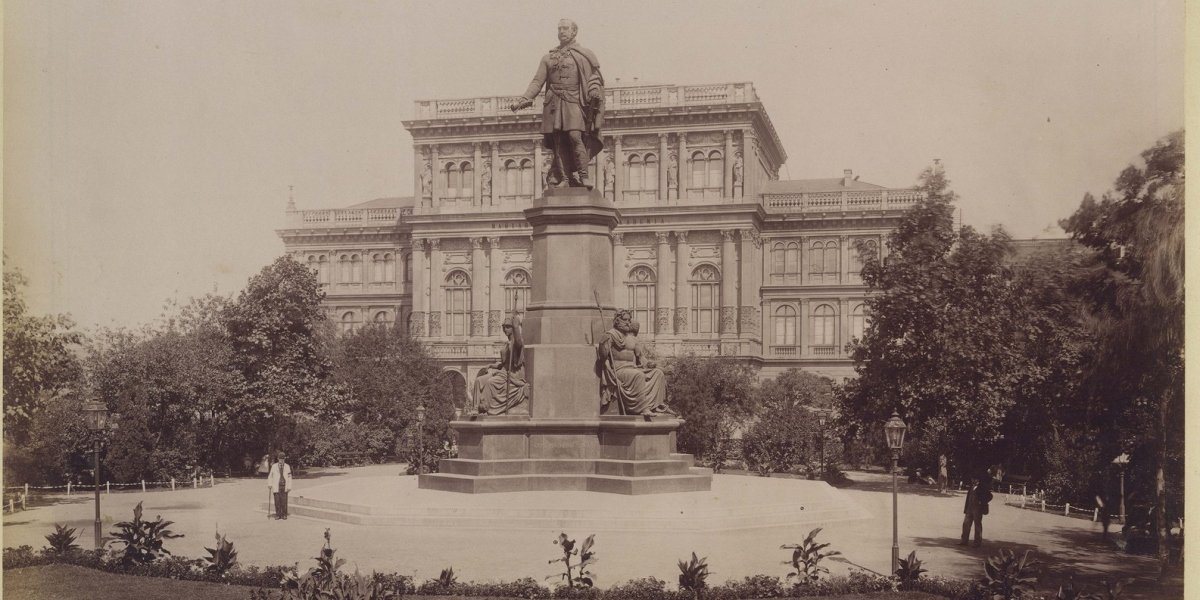On 3 November the country celebrates the Day of Hungarian Science. On this day, 195 years ago, István Széchenyi made his famous donation towards the creation of the Hungarian Academy of Sciences. True, at the time the offer was not to found the Hungarian Academy of Sciences exactly, but an institution tasked with nurturing, supporting and advancing Hungarian culture, science and language.
But why was such an institution needed, and why did it happen on this exact day? The events unfolded in Pozsony (modern-day Bratislava, Slovakia) where the Hungarian National Diet met.

Vinzenz Katzler: István Széchenyi donates the annual income of his estates to establish a Scientific Society (Source: Wikipedia)
After a hiatus of over a decade, the national diet convened in 1825. The assembled opposition politicians criticised several government measures and listed their grievances at length. So much so that the period has become known as the time of grievance politics.
One of the speakers, Pál Felsőbüki Nagy, was speaking at length on 3 November about how the government neglected and suppressed Hungarian culture. Naturally, as Latin was the official language of Hungary at the time, he spoke in Latin. A 34-year-old István Széchényi looked on from the gallery. A member of an aristocratic family, Széchényi sat in the Upper Chamber but was interested in the work of the commons, and something else...

Count Maria Crescentia Caroline Maximiliana von Seilern und Aspang, Brno, 13 May 1799 – Kiscenk, 30 July 1875.
At the time, it was fashionable for upper-class ladies to watch the representatives, and follow the sittings of the diet, especially if their families played a significant role in political life.
This is why the President of the Royal Chamber's, Károly Zichy's wife, Crescence Seilern, also visited the sitting on several occasions. István Széchenyi was somewhat in love with the lady and may have visited the hall hoping to meet her.
The debate raged on in the meantime. At its centre was the question of Hungarian culture and the issue of a Hungarian Scientific Society. The idea of such an organisation had first been floated by Mátyás Bél in the 18th century, almost a century prior, but nothing had come of the initiative.
However, the idea lived on. Péter Bod raised, and in 1781 György Bessenyei even presented his own plans to Joseph II. The King did not address the issue a the time, not did the draft escape the official maze of the Governor's Council. The issue was raised again at the diet of 1807, but nothing happened, as Felsőbüki pointed out on that faithful day. Something was always a miss, as always: money.

The Academy in Budapest (Photo: Budapest Archives. Reference No.: HU.BFL.XV.19.d.1.05.028)
This was when István Széchenyi rose to his feet and in Hungarian – a source of outrage in itself – said:
"I have no say in issues here, I am not a leader of this country, but I am a landowner, and should such an institution be founded that burtures Hungarian language to help those living here be raised Hungarian, I offer one year of my income to its cause... I do this not for vivats, and not to entice others to similar deeds. Not everyone can do this as easily as I, I am unmarried and a soldier."
Many followed Széchenyi's donation, and in 1827 the act creating the Hungarian Scientific society was passed. The first board meeting of the new organisation was held on 17 November 1830, in Pozsony.
Writing in his diary about his actions on 3 November 1825, Széchenyi noted:
"I spoke at the diet meeting; I have made all my compatriots my enemies."
Széchenyi, in fact, did not donate his entire annual income, that is some 60 thousand Forints, to the initiative. He could not have one so, and no one expected him to. On a practical level, he gave the Academy the annual interest of his income A rumour spread sometime in the 20th century that Széchenyi did not in fact ever pay the 60,000 Forints he offered. However, this is no true, his son Béla Széchenyi paid the Academy the remainder of the donation in 1894 as a lump sum but took a loan to do so, which he only paid off in 1918.
Incidentally, István Széchenyi did threaten to withdraw his support once. In 1858 the Viennese court attempted to force the Academy to change its by-laws and curtail its independence.
The organisation adopted the Hungarian Academy of Sciences in 1840, and its Palace close to Chain Bridge was opened in 1865.
Cover photo: The founder and the Academy ( Fortepan, Budapest Archives. Reference No.: HU.BFL.XV.19.d.1.08.081)





































Hozzászólások
Log in or register to comment!
Login Registration